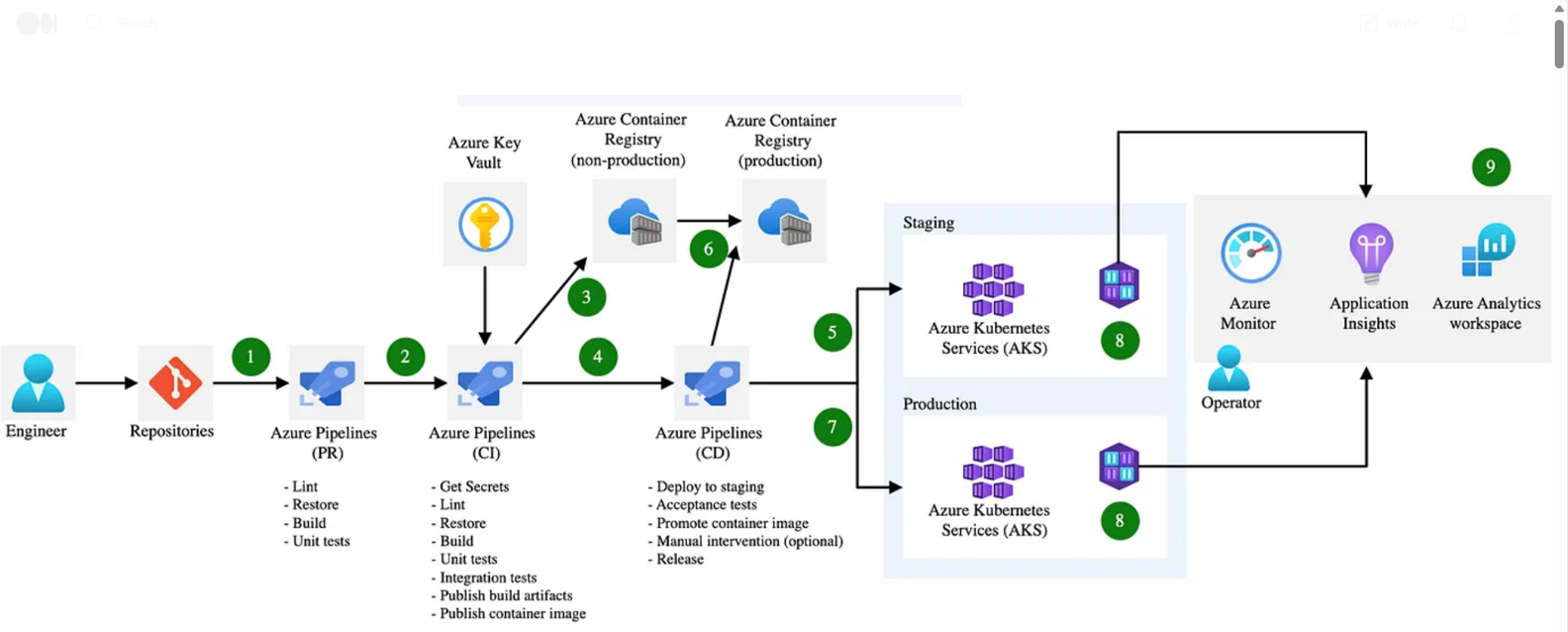
Azure Architecture Patterns

In today’s digital landscape, businesses and organizations rely on cloud computing to deliver scalable, resilient, and cost-effective solutions. Among the leading cloud providers, Microsoft Azure stands out as a platform that empowers architects and developers to design and implement cutting-edge architectures.
Understanding Azure Architecture
Azure architecture is the foundation upon which cloud-based solutions are built. It encompasses various components, services, and design principles that enable the creation of robust and flexible applications. Azure’s architecture is characterized by its scalability, high availability, and ability to cater to diverse workloads.
Key Components of Azure Architecture
1. Azure Regions and Data Centers
Azure is a global platform with data centers strategically located in regions across the world. Each region is comprised of multiple data centers, known as Availability Zones. These Availability Zones ensure redundancy and fault tolerance, reducing the risk of service interruptions. For example, the “East US” region consists of multiple data centers, including “East US 2” and “East US 3.”
2. Resource Groups
Resource Groups are logical containers that help organize and manage Azure resources. Resources within a group share the same lifecycle, allowing for easy management, monitoring, and deletion.
3. Virtual Networks
Azure Virtual Networks (VNETs) provide isolated network environments for Azure resources. They allow you to segment resources, control inbound and outbound traffic, and define network security policies.
4. Azure Virtual Machines
Azure Virtual Machines (VMs) enable the deployment of Windows or Linux-based servers in the cloud. VMs provide flexibility, scalability, and control over the underlying infrastructure.
5. Load Balancers
Azure Load Balancers distribute incoming network traffic across multiple VMs to ensure high availability and fault tolerance. They can be configured for both internal and external load balancing.
6. Azure App Service
Azure App Service is a fully managed platform for building, deploying, and scaling web applications. It supports multiple programming languages, such as .NET, Java, Python, and Node.js.
7. Azure Databases
Azure offers a range of database services, including Azure SQL Database, Azure Cosmos DB, and Azure Database for PostgreSQL, to meet various data storage and management needs.
8. Azure Functions
Azure Functions is a serverless compute service that allows developers to execute code in response to events without managing servers. It’s ideal for building event-driven applications.
9. Azure DevOps
Azure DevOps provides a comprehensive set of tools for planning, developing, testing, delivering, and monitoring applications. It supports continuous integration and continuous delivery (CI/CD) pipelines.
Azure Architecture Patterns
1. N-Tier Architecture
The N-tier architecture divides an application into multiple tiers, such as presentation, application logic, and data storage. Azure’s scalability and load balancing capabilities make it well-suited for this pattern.
2. Microservices Architecture
Microservices architecture involves breaking down an application into small, independently deployable services that communicate via APIs. Azure Kubernetes Service (AKS) is often used to manage containers in this pattern.
3. Event-Driven Architecture
In an event-driven architecture, components communicate asynchronously through events. Azure Event Grid and Azure Functions are key components for building event-driven solutions.
4. Serverless Architecture
Serverless architecture emphasizes writing code without managing infrastructure. Azure Functions and Azure Logic Apps are pivotal in building serverless applications.
5. Data Lake Architecture
Data lake architecture centralizes large volumes of data for analytics. Azure Data Lake Storage and Azure Databricks are used to store and process data in this pattern.